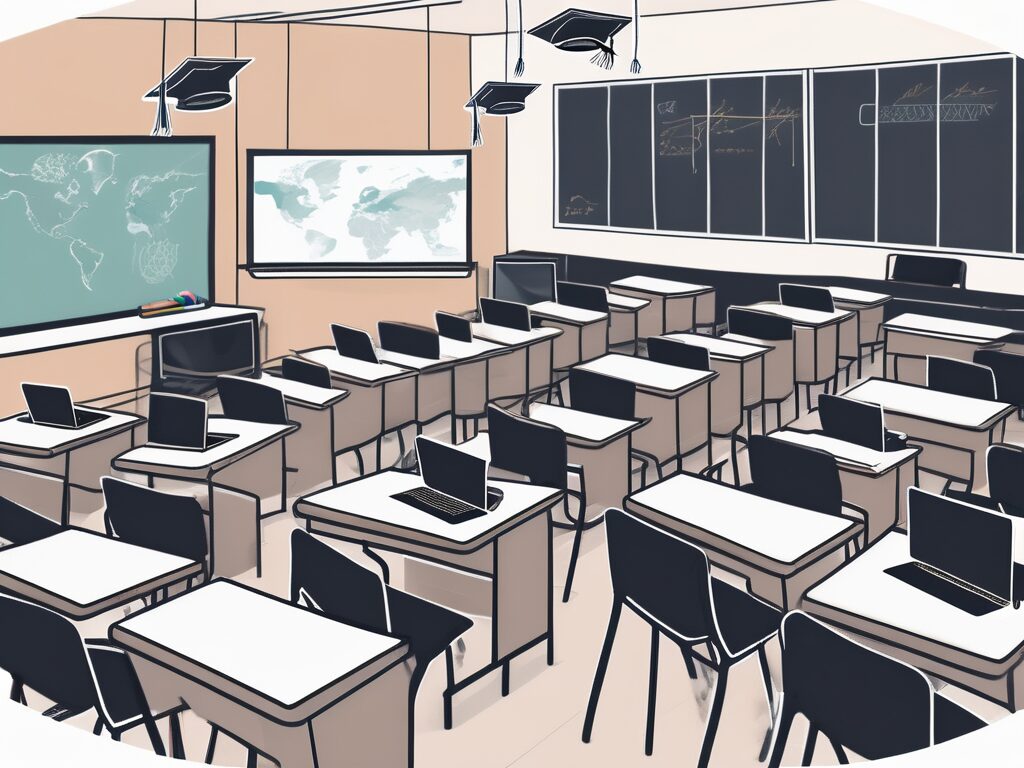What are the Barriers to Indigenous Education?
Indigenous education is a critical area that requires attention and action from educators worldwide. For aspiring international teachers, understanding the barriers to indigenous education is essential for making a meaningful impact. In this article, we will explore these barriers and provide insights on how educators can overcome them to support indigenous communities effectively.
Why is it Important for Aspiring International Teachers?
Indigenous education is crucial for preserving cultural heritage and promoting equality. For international educators, understanding these barriers can open up opportunities in diverse educational settings. The global job market increasingly values cultural competence and the ability to work in multicultural environments, making this knowledge a valuable asset.
Key Skills or Qualifications Required
To effectively address the barriers to indigenous education, educators need specific skills and qualifications:
- Cultural Competence: Understanding and respecting indigenous cultures and traditions.
- Adaptability: Ability to modify teaching methods to suit diverse learning needs.
- Communication Skills: Proficiency in engaging with students, parents, and community leaders.
- Certification: Relevant teaching certifications that include training in multicultural education.
Steps to Get Started
For aspiring educators looking to specialize in indigenous education, here are some steps to consider:
- Obtain relevant teaching certifications with a focus on multicultural education.
- Gain experience by volunteering or working in indigenous communities.
- Participate in workshops and training programs focused on indigenous education.
- Network with professionals in the field to learn best practices and gain insights.
Challenges and How to Overcome Them
Several challenges exist in indigenous education, including:
- Lack of Resources: Many indigenous communities face shortages in educational materials and funding.
- Language Barriers: Indigenous languages may not be supported in mainstream education systems.
- Cultural Disconnect: Standard curricula may not reflect indigenous histories and values.
To overcome these challenges, educators can:
- Advocate for increased funding and resources for indigenous schools.
- Incorporate indigenous languages and cultural content into the curriculum.
- Engage with community leaders to ensure education is culturally relevant.
Best Practices and Tips for Success
Here are some best practices for educators working in indigenous education:
- Build strong relationships with the community to understand their needs and expectations.
- Continuously educate yourself about indigenous cultures and histories.
- Be patient and open-minded, recognizing that change takes time.
Success Stories or Case Studies
Consider the success story of an international teacher who implemented a bilingual education program in an indigenous community, resulting in improved student engagement and academic performance. Such examples highlight the positive impact educators can have when they are well-prepared and culturally sensitive.
Conclusion
Understanding and addressing the barriers to indigenous education is crucial for aspiring international educators. By acquiring the necessary skills, gaining relevant experience, and adopting best practices, educators can make a significant impact in indigenous communities. This pathway not only enriches the educator’s career but also contributes to the preservation and promotion of indigenous cultures.
Want to become a teacher in a Tier 1 international school? Join the course here.

